Start the new decade off right with these freshly released architecture and urbanism books. From the lasting architectural influence of Thomas Jefferson (with a dash of character examination), to cutting edge research in timber construction, to 10,000 years of earthen construction, the following books all present new examinations of what might seem like familiar topics. Pick up one (or all) of these titles to keep you warm on those long February nights.
The Responsive Environment: Design Aesthetics, and the Human in the 1970s
By Larry D. Busbea
University of Minnesota Press
MSRP: $30.00
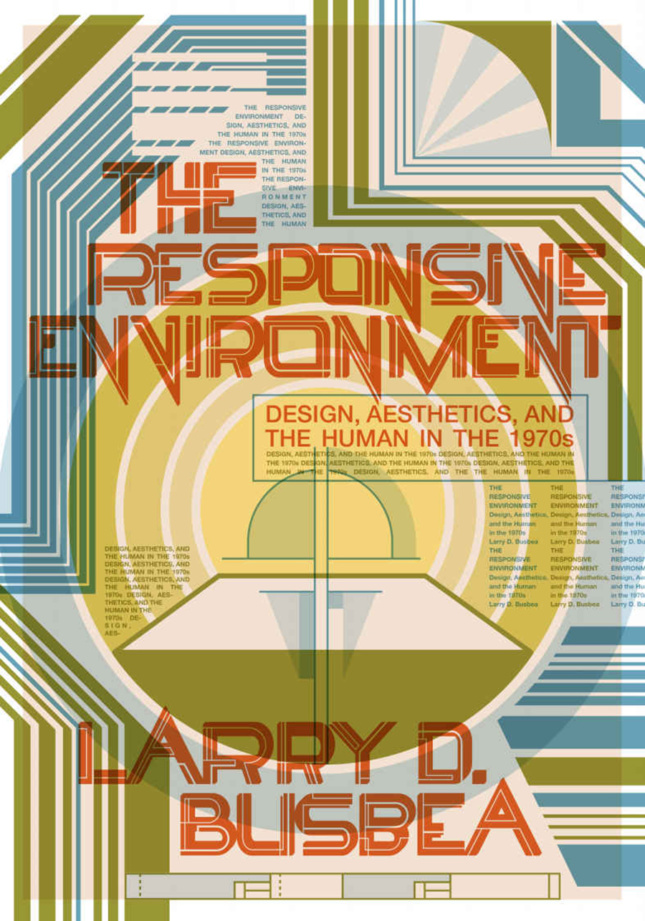
Busbea begins this book with a question: “Where do we—as subjects and objects—begin and end?” Exploring the new interactions between humans and their environments that characterized the 1970s, Busbea delves into emerging practices in design, art, architecture, and technology.
The Responsive Environment analyzes theories developed by Gregory Bateson, Marshall McLuhan, Wolf Hilbertz, and many others, to examine the changes of how we perceive our spatial identities and physical boundaries in the latter part of the 20th century.
Ways of Knowing Cities
Edited by Laura Kurgan and Dare Brawley
Columbia Books on Architecture and the City
MSRP: $28.00

Co-edited by Columbia University Graduate School of Architecture, Planning, and Preservation (GSAPP) researchers, Ways of Knowing Cities compiles 16 essays on the influence of technology on urban experiences.
The texts broach the undeniable politics of reshaping urbanity through data, calling on architects, anthropologists, migration and media specialists to analyze the information systems that affect cities. The book is a product of a 2018 GSAPP symposium of the same name.
Planetary Mine: Territories of Extraction under Late Capitalism
By Martín Arboleda
Verso
MSRP: $29.95
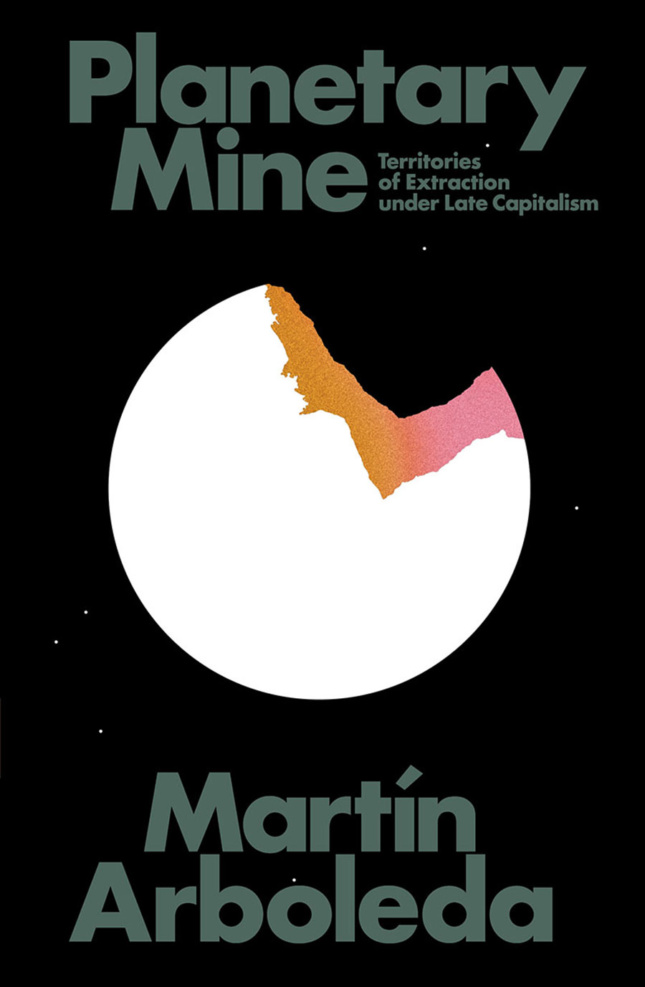
Arboleda opens this book with a description of a miners’ strike in northern Chile as just one example of the effect of global resource extraction on the human experience. He traces the geographic development of supply chain capitalism from South American to East-Asian economies, questioning exploitations of resource-based industries like construction. Planetary Mine rethinks global development in terms of world political climate and geography.
The Art of Earth Architecture: Past, Present, Future
By Jean Dethier
Princeton Architectural Press
MSRP: $125.00
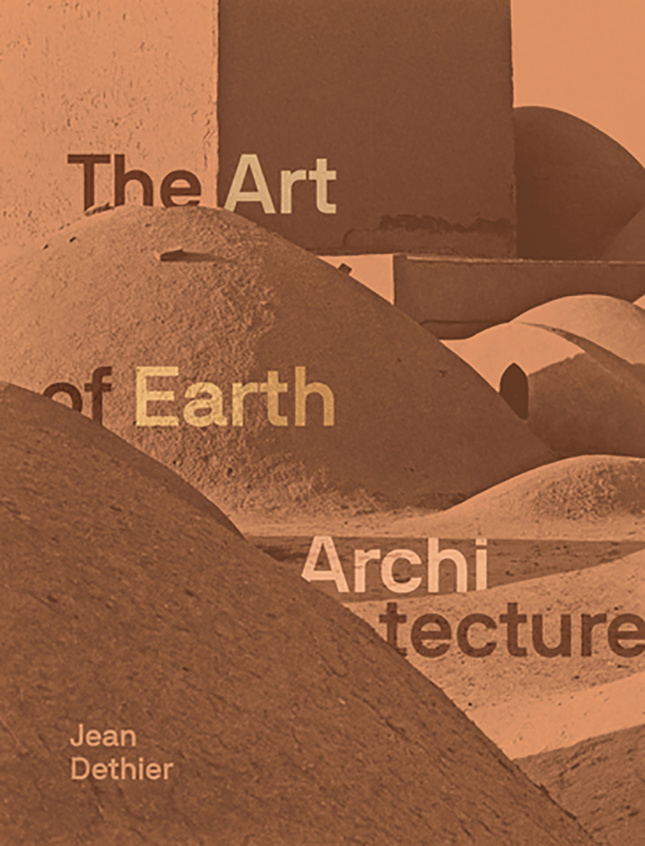
In a global survey of raw earth construction techniques, 1987 Grand Prix d’Architecture winner Dethier investigates over 250 instances of environmentally sustainable architecture through technical, cultural, and historical lenses. This encyclopedia of raw earth construction depicts projects built over the last ten thousand years, including UNESCO World Heritage sites from the Great Wall of China to the Great Mosque of Djenné.
Over 700 high-resolution photographs and illustrations are paired with essays from 20 experts to explore projects from ancestral palaces to contemporary dwellings.
Thomas Jefferson, Architect: Palladian Models, Democratic Principles, and the Conflict of Ideals
By Mabel O. Wilson
Edited by Lloyd DeWitt and Corey Piper
Chrysler Museum of Art, Norfolk (Yale University Press)
MSRP: $45.00
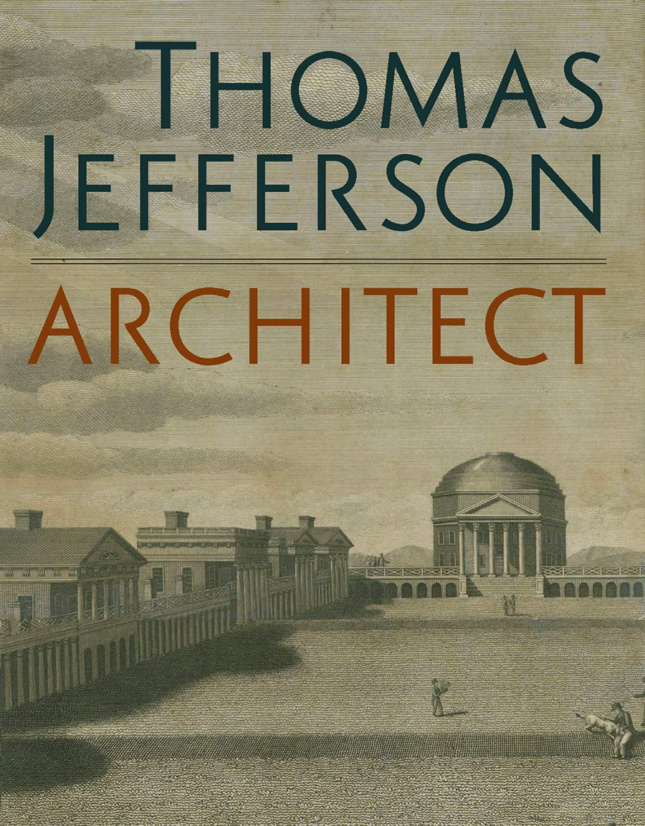
A publication stemming from a 2019 exhibition at the Chrysler Museum of Art of the same name, Thomas Jefferson, Architect provides an inside look into the architectural works of the principal author of the Declaration of Independence. This book examines Jefferson’s designs with a new perspective, highlighting the neoclassical influences on the contention between Jefferson’s ideology of liberty and property.
Jefferson’s complex character is explored through the designs of Monticello, Poplar Forest, and the University of Virginia campus, as well as his prioritizations of both democracy and slavery.
Wood Urbanism: From the Molecular to the Territorial
Edited by Daniel Ibañez, Jane Hutton, and Kiel Moe
Actar Publishers
MSRP: $54.95
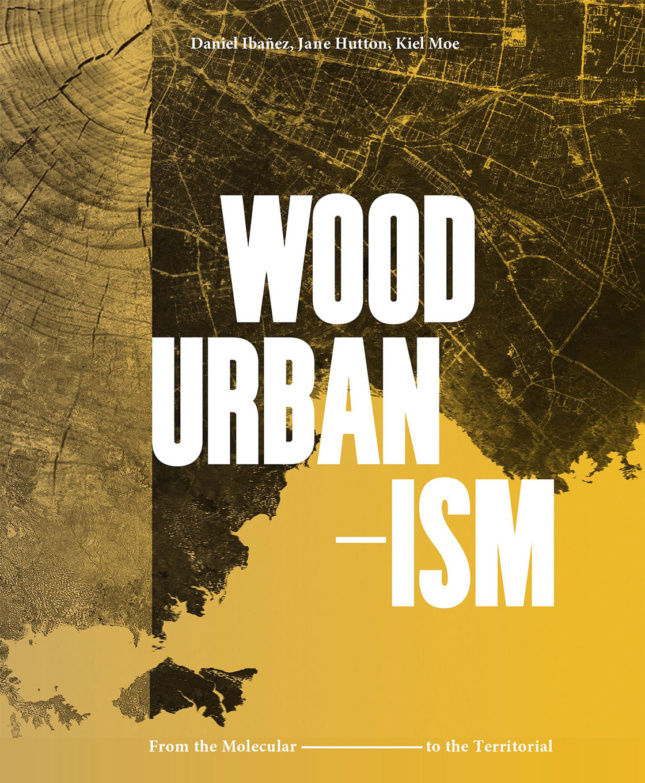
From microscopic biology to the macrocosms of cities, wood has been an invaluable component of construction throughout history. Wood Urbanism explores the scalar properties of wood in terms of species, carbon impact, thermal qualities, ecology, cities, and metabolism. Case studies and visual essays are separated by full-spread photos and technical graphics that question the role of wood in today’s industry.
Both a manual and a challenge for architects, this book investigates how wood can continue to be a dynamic, multi-faceted material in an ever-changing landscape.
Frederick Kiesler: Face-to-face With the Avant-garde: Essential Essays on Network and Impact
Edited by Peter Bogner, Gerd Zillner, and the Frederick Kiesler Foundation
Birkhäuser
MSPR: $44.99
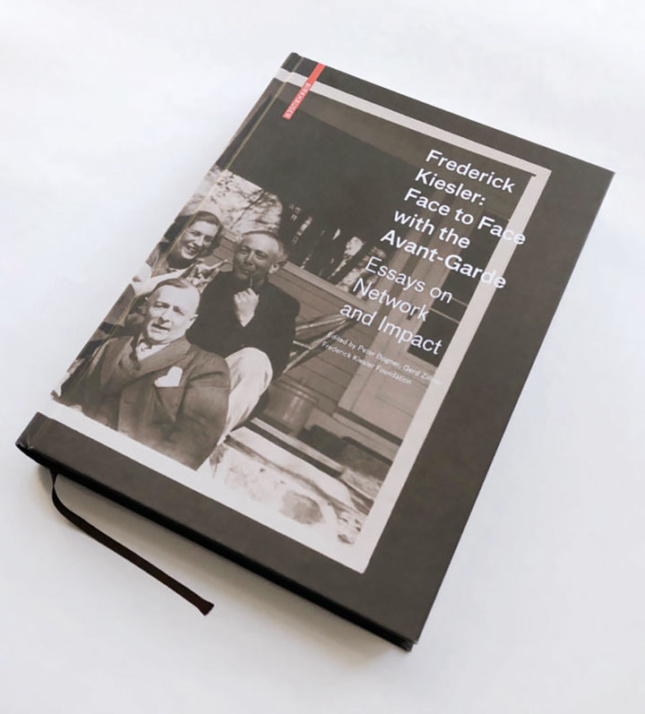
The father of the Correalism theory (the continuous interactions between people and their built environments), Frederick Kiesler was a visionary of architecture and design in both Austria and New York. This monograph is comprised of 21 essays that explore his work in regard to his contemporaries, including Theo van Doesburg, Piet Mondrian, Arshile Gorky, and more.
The book’s release marks the 20th anniversary of the Frederick Kiesler Foundation, and a celebration of the network of avant-garde artists of the time, placing Kiesler’s contributions in fuller context.
Bodybuilding: Architecture and Performance
Edited by Charles Aubin and Carlos Mínguez Carrasco
Performa
MSRP: $35.00
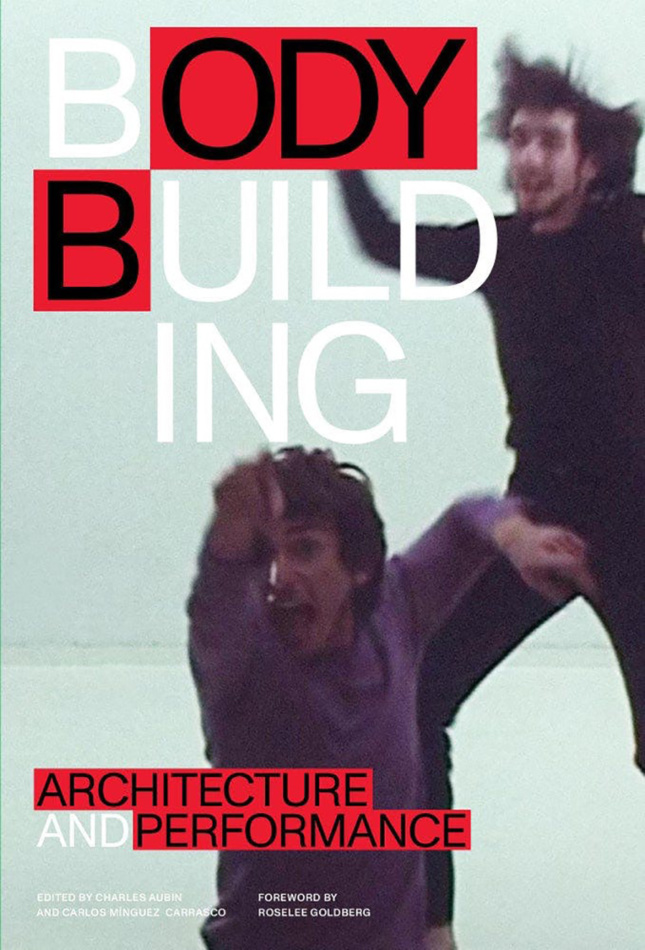
Where architecture traditionally functions on permanence, Bodybuilding is the first publication specifically devoted to the ephemerality of live performance in design. Featuring architects and collectives from Lina Bo Bardi to Toyo Ito, the book traces staged performances, rather than constructed buildings, that have questioned the built environment.
Bodybuilding was launched as a part of Performa’s eighth biennale, examining trends that stemmed from the Bauhaus. The book surveys performance art curated by contemporary designers, who searched for other creative outlets during economic downturns that stymied construction projects.
AN uses affiliate links; if you purchase a product through this page, AN may receive a commission.











